The Characteristics of the Texas Tortoise
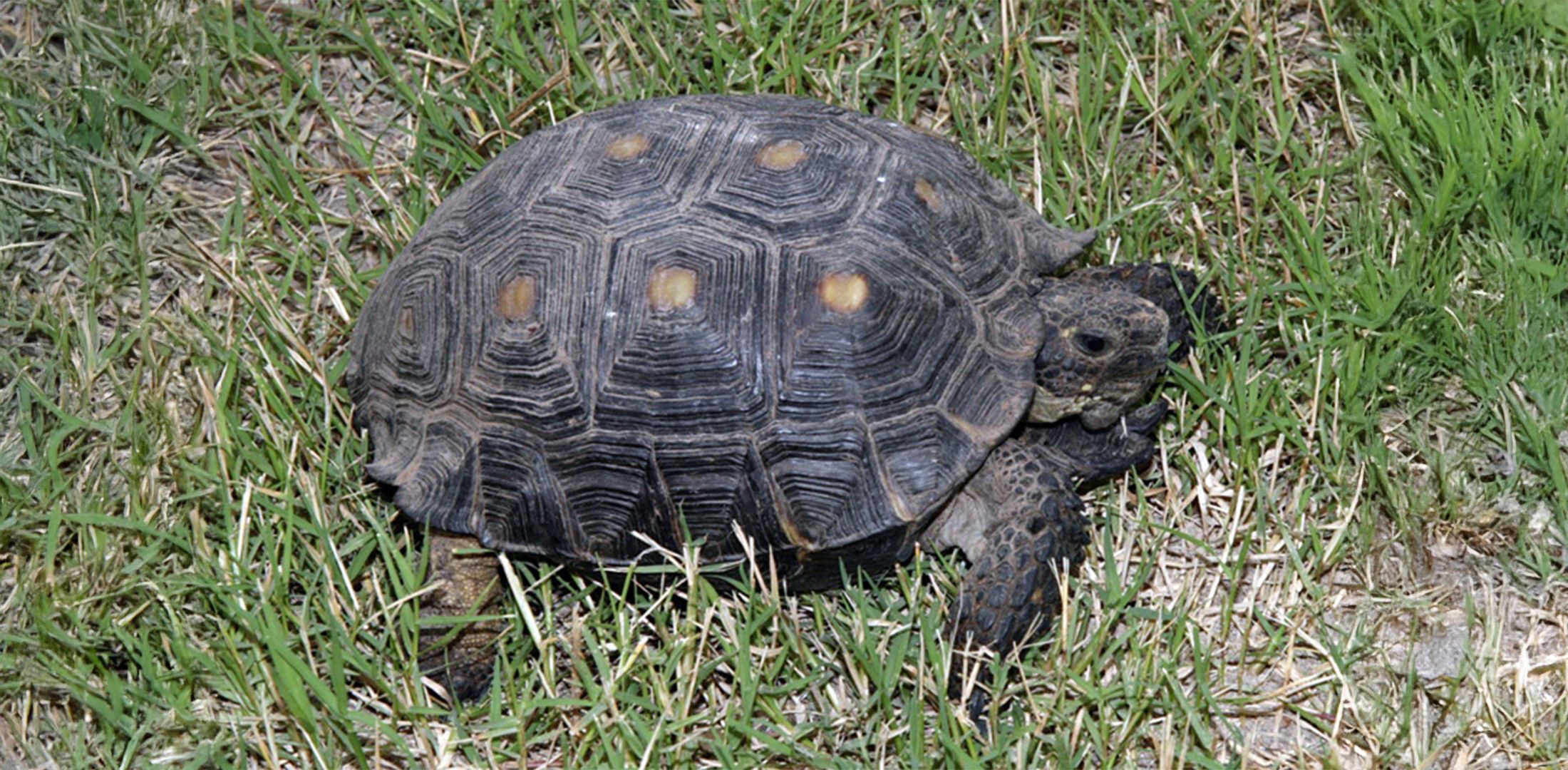
The Texas Tortoise (Gopherus berlandieri) is a unique and fascinating species native to southern Texas.
Understanding its physical characteristics, behaviors, and differences between males and females provides insight into this remarkable reptile.
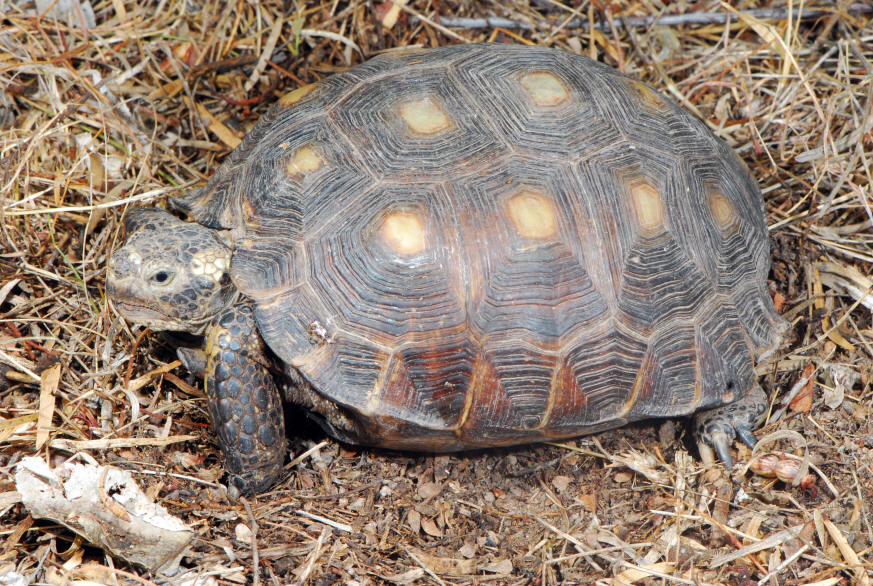
Physical Appearance
The Texas Tortoise is a medium-sized tortoise with a dome-shaped shell that can range in color from yellowish-brown to dark brown. The shell, or carapace, is divided into distinct scutes that give it a rough texture.
Size: Adult Texas Tortoises typically measure 8-10 inches (20-25 cm) in length and weigh 1.5-2.5 pounds (0.7-1.1 kg).
Shell: The carapace is highly domed, providing protection from predators and environmental elements. The plastron (bottom shell) is flat and helps stabilize the tortoise when it retracts its limbs and head.
Coloration: The coloration of the Texas Tortoise helps it blend into its arid environment, providing camouflage from predators.
Scutes: The scutes are the individual plates that make up the shell. They can show growth rings, which can give an indication of the tortoise’s age.
Head and Limbs
The head of the Texas Tortoise is covered in small, bony scales and features a prominent, hooked beak that aids in feeding on tough vegetation. The limbs are sturdy and adapted for digging and moving across rough terrain.
Front Legs: The front legs are equipped with strong claws that are used for digging burrows and foraging for food. The scales on the front legs are larger and overlap, providing protection from the rough terrain.
Back Legs: The back legs are more cylindrical and robust, providing support and aiding in movement. They are shorter but powerful, helping the tortoise to push through the soil and navigate its environment.
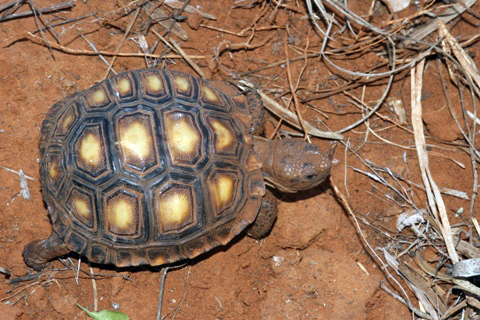
Differences Between Males and Females
Understanding the differences between male and female Texas Tortoises is crucial for their identification and study.
Size and Shape: Males tend to be slightly larger than females and have a more concave plastron, which aids in mounting during mating. Females have a flatter plastron.
Tail: Males have a longer and thicker tail compared to females, which have a shorter and thinner tail.
Gular Scute: The gular scute, located at the front of the plastron, is more pronounced in males. It is used in combat with other males for territorial and mating dominance.
Behavior: During the breeding season, males exhibit more aggressive behavior and are more likely to engage in territorial disputes. Females, on the other hand, are more focused on nesting and egg-laying activities.
Femoral Spurs: Males may have more pronounced femoral spurs, which are small projections on the hind legs.
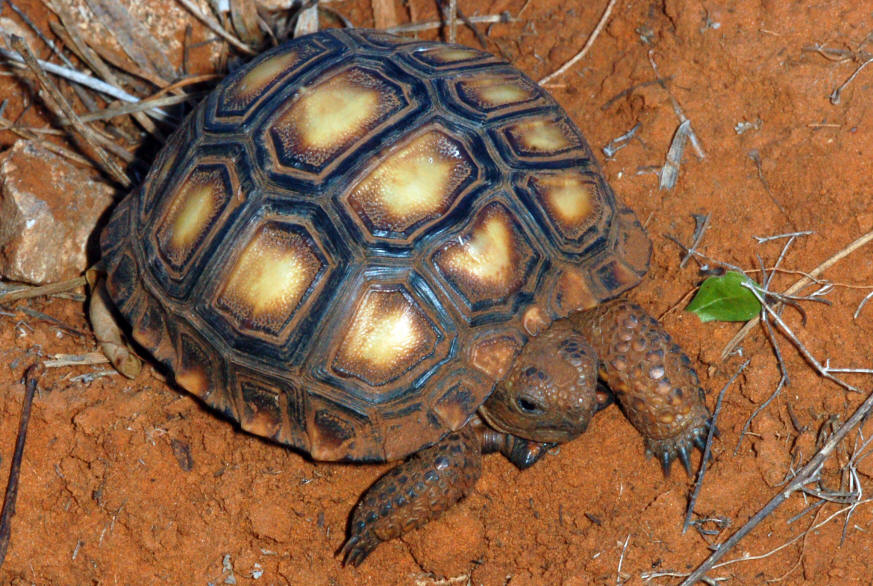
Lifespan and Longevity
The Texas Tortoise can live for several decades, with a lifespan ranging from 50 to 60 years in the wild. In captivity, with proper care, they may live even longer. Their longevity is attributed to their slow metabolism and their ability to survive on limited resources.
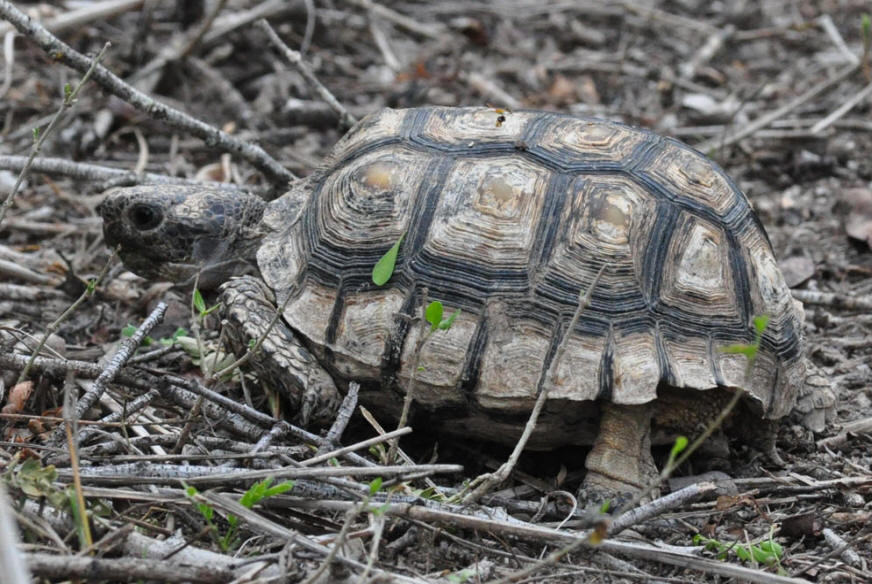
Adaptations for Survival
The Texas Tortoise has developed several adaptations that allow it to thrive in its arid environment.
Water Conservation: They have efficient kidneys that conserve water by producing highly concentrated urine. They can also absorb water from the vegetation they consume.
Thermoregulation: The highly domed shell provides an advantage in thermoregulation, allowing the tortoise to bask in the sun to warm up or seek shade to cool down.
Camouflage: The coloration of their shell helps them blend into their surroundings, making it harder for predators to spot them.
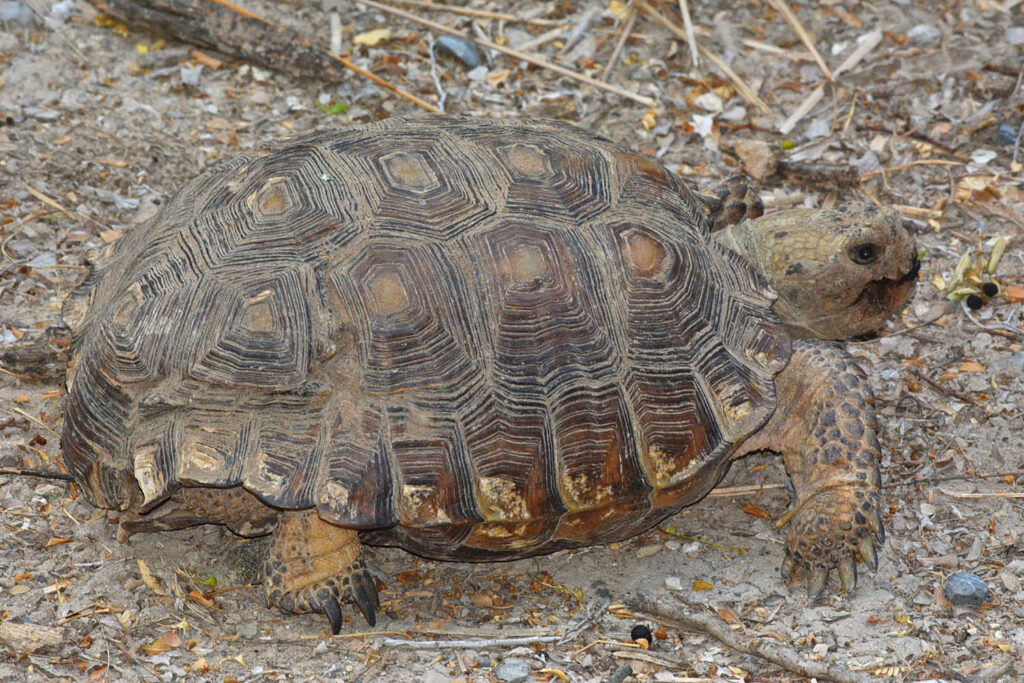
Unique Behaviors
While the focus here is on physical characteristics, it’s worth noting a few unique behaviors that also define the Texas Tortoise:
Brumation: During colder months, the tortoise may enter a state of brumation, similar to hibernation, where it becomes less active and conserves energy.
Basking: Basking in the sun is a common behavior to regulate their body temperature and absorb essential UV rays for vitamin D synthesis.
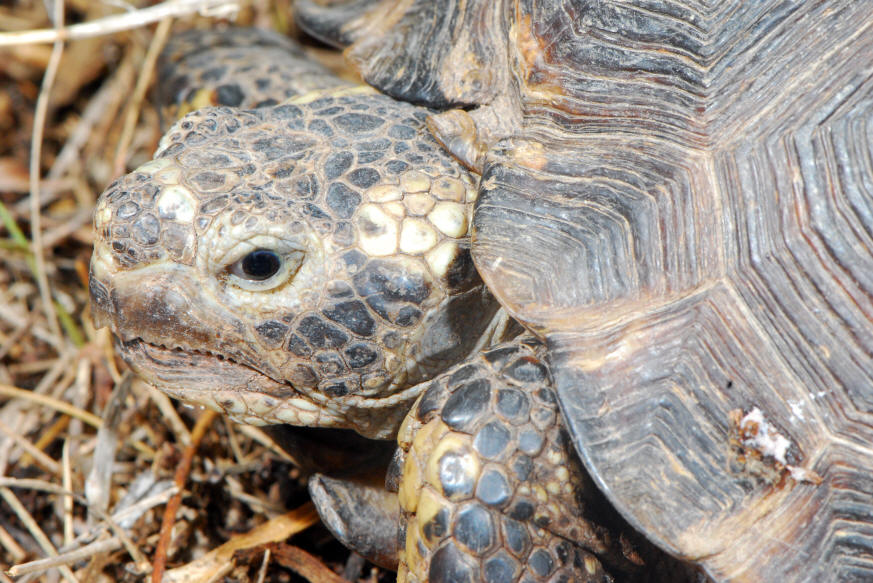
Conclusion
The Texas Tortoise is a remarkable reptile with distinct physical characteristics and adaptations that allow it to survive in its arid environment. Understanding the differences between males and females, along with their unique physical traits, provides valuable insights into their survival and biology. By appreciating these characteristics, we can better protect and conserve the Texas Tortoise for future generations.
Frequently Asked Questions about the Texas Tortoise
What are the key characteristics of a Texas tortoise?
The Texas tortoise (Gopherus berlandieri) boasts a hard protective shell, robust legs designed for walking and digging, and is a cold-blooded reptile that relies on external heat sources to regulate its body temperature.
Can you touch a Texas tortoise?
Yes, you can touch a Texas tortoise, but it is important to handle it with care and respect. Ensure you wash your hands before and after touching to avoid transmitting diseases.
How can you tell if a Texas tortoise is male or female?
To determine the sex of a Texas tortoise, observe the size and shape of its plastron (the lower shell). Males typically have a concave plastron and longer tails, while females have a flat plastron and shorter tails.
Can I keep a Texas tortoise as a pet?
Yes, you can keep a Texas tortoise as a pet, but it is crucial to research and understand their specific needs, such as the appropriate habitat, diet, and veterinary care. Additionally, check local laws regarding the ownership of tortoises as pets.
References
Photography courtesy of Terry & Diana’s Photography. Used with permission.

